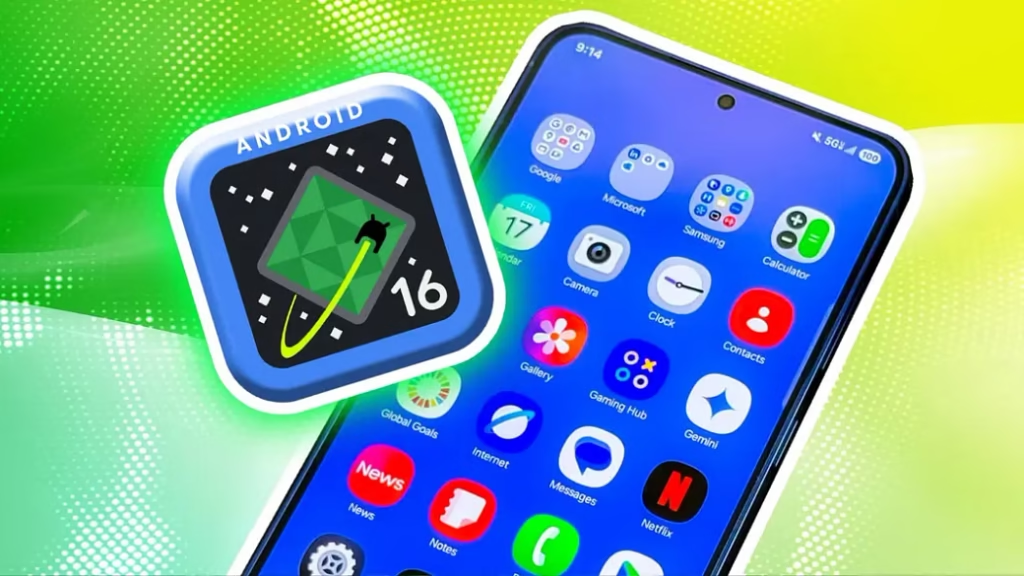Android 16’s Anti-Stingray Tech: A Giant Leap for Mobile Privacy
Not every mobile network is what it seems. Sometimes, your phone may unknowingly connect to a fake cell tower, opening the door for someone to spy on your calls or texts. But Google is stepping in to stop this silent snooping. The upcoming Android 16 is bringing in a new security feature that helps detect suspicious cell tower connections—and gives you a heads-up if something sketchy is going on.
The Stingray Threat: Fake Towers, Real Risks
Let’s talk stingrays—no, not the marine kind. We’re talking about stingray devices, also known as IMSI catchers. These gadgets pose as legitimate cell towers and trick your smartphone into connecting. Once they do, bad actors (or sometimes even government agencies) can harvest your location, your device’s unique ID, and even snoop on your calls and messages. Until now, users had almost no way to tell if they were being targeted.
Stingrays usually exploit outdated 2G networks, which lack proper encryption. Even if you’re using 4G or 5G, your phone can still fall back to 2G—which makes it vulnerable. These fake towers send out a powerful 2G signal that lures nearby devices into connecting. Once you’re in, your phone assumes it’s connected to a real tower, but that couldn’t be further from the truth.
Google’s Counterattack: Smarter Network Detection in Android 16
Google’s taking a major step to combat this with Android 16. The new update adds a smart, behind-the-scenes feature that scans for rogue mobile networks. When it detects something off—like an unencrypted connection or a suspicious request for device identifiers—it will issue a warning to the user. These alerts could make all the difference between being quietly tracked or staying in control of your privacy.
You’ll be able to find this new feature in the Settings menu under a section called Mobile Network Security. There, you can also toggle 2G protections to avoid connecting to outdated networks altogether. The only catch? No Android phone currently on the market has the necessary hardware to support this advanced stingray detection feature—not even Google’s own Pixel phones.
What to Expect: Pixel 10 Could Lead the Way
While the feature is currently hidden due to hardware limitations, it’s only a matter of time. Rumor has it that the Pixel 10, likely launching later this year, could be the first to include the needed hardware. If true, that would make it one of the most secure smartphones available, setting a new bar for mobile privacy.
Until Then: Disable 2G If You Can
While we wait for Android 16-compatible devices to arrive, there’s one thing you can do to stay safer: disable 2G on your phone, if your device supports it. This simple step can drastically reduce your risk of connecting to a rogue tower.
With Android 16, Google is sending a clear message: your privacy matters, and it’s taking active steps to help you guard it. Learn more.


